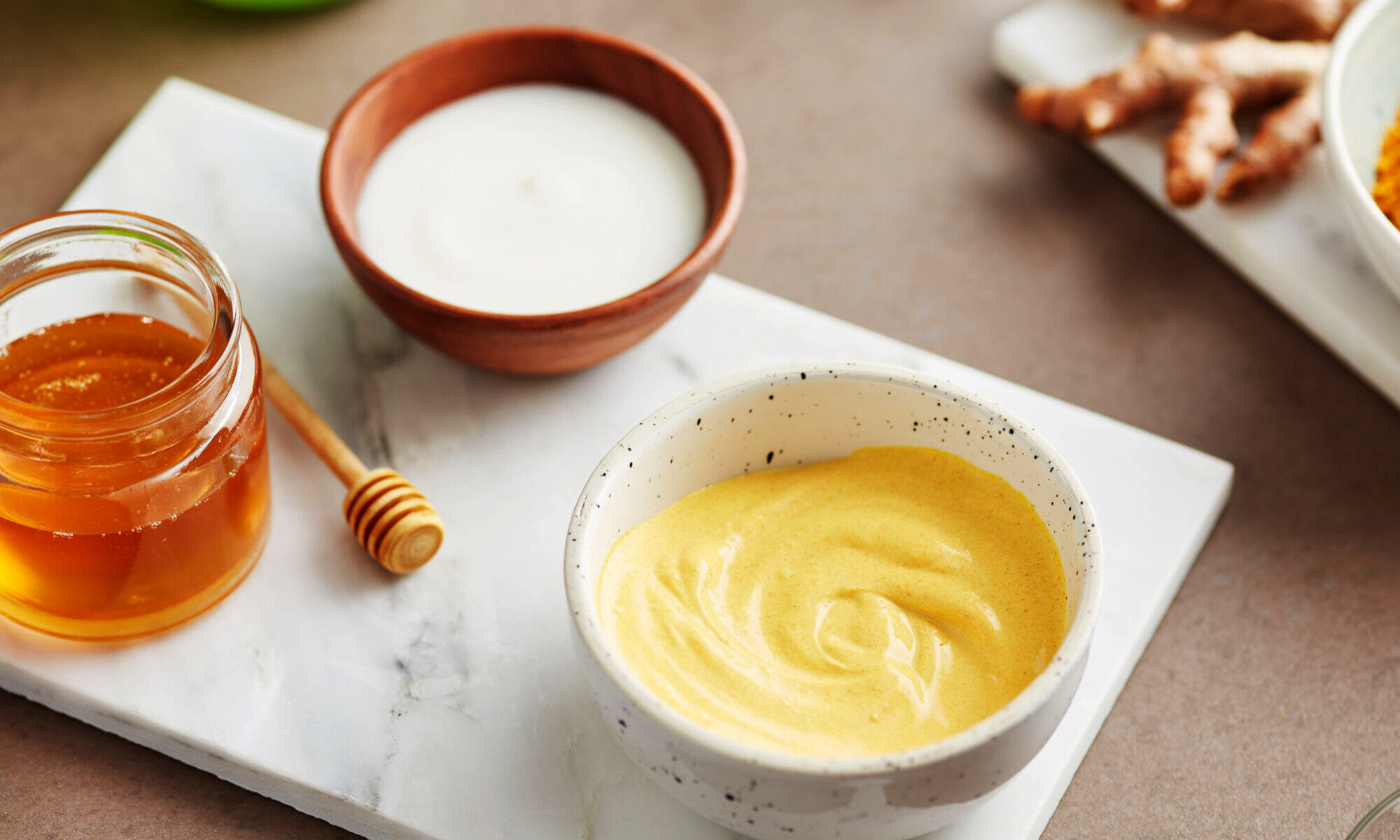
Kendo is a traditional Japanese martial art that holds a rich history and deep cultural significance. With its origins dating back to the feudal era, this competitive sport has evolved into a discipline that combines rigorous physical training, mental fortitude, and a deep understanding of honor and respect.
In this article, we will explore twelve fascinating facts about Kendo that will give you a deeper appreciation for this ancient martial art. From the meaning behind the word “Kendo” to the equipment used in practice, and even the philosophies that underpin the art, we will delve into the world of Kendo and uncover some interesting insights along the way.
So, whether you are a seasoned Kendo practitioner or simply curious about this dynamic sport, get ready to uncover some surprising facts about Kendo that will leave you inspired and intrigued.
Key Takeaways:
- Kendo, a traditional Japanese martial art, emphasizes discipline, respect, and character development. It uses protective gear and bamboo swords to strike designated target areas, promoting skill and composure in competitive matches.
- Kendo embodies the spirit of the samurai, teaching valuable life lessons and gaining global popularity. It emphasizes proper posture, precise footwork, and the concept of “empty mind” to achieve effective strikes and defense.
Origins dating back to the samurai era
Kendo traces its roots to the traditional swordsmanship practiced by the samurai warriors during feudal Japan.
Focus on discipline and respect
Kendo places great emphasis on discipline, respect, and self-control. It is not only a physical practice but also a way to develop one’s character.
The protective gear: Bogu
Kendo practitioners wear protective armor called bogu, which consists of a helmet (men), breastplate (do), gloves (kote), and a waist protector (tare).
The bamboo sword: Shinai
In Kendo, participants use a bamboo sword called a shinai, which consists of four slats held together by leather fittings. It allows for safe and controlled strikes.
The target areas: Men, Kote, Do, Tsuki
Kendo practitioners aim to strike their opponents in four designated target areas – the head (men), wrist (kote), body (do), and throat (tsuki).
The spirit of competition: Shiai
Competitive matches in Kendo are called shiai. They test the skills, technique, and composure of the participants in a controlled environment.
The importance of posture and footwork
Kendo places great emphasis on proper posture and precise footwork. Developing a strong and stable stance is crucial for effective strikes and defense.
The significance of the kiai
Kiai refers to the loud, spirited shout that accompanies strikes in Kendo. It helps to focus energy, intimidate opponents, and express one’s fighting spirit.
The concept of mushin
Mushin, or “empty mind,” is a fundamental concept in Kendo. It refers to the state of mind where practitioners are free from hesitation or distraction.
The role of the sensei
In Kendo, a sensei serves as the teacher and mentor to guide students in their training, imparting knowledge, and upholding the traditions of the art.
Kendo as a way of life
Kendo is not just a sport or martial art; for many practitioners, it becomes a way of life, teaching valuable lessons of perseverance, resilience, and humility.
The global popularity of Kendo
Kendo has gained immense popularity worldwide, with practitioners and clubs spread across different countries, fostering cultural exchange and camaraderie.
Kendo embodies the rich heritage of Japan and continues to captivate enthusiasts with its blend of physical skill, mental focus, and deep respect. Discover the beauty and intensity of Kendo, delve into its philosophy, and experience firsthand the spirit of the samurai.
Conclusion
In conclusion, Kendo is a fascinating martial art with a rich history and deep cultural significance. It combines physical endurance, mental focus, and spiritual discipline. Kendo practitioners undergo rigorous training to develop their skills in swordsmanship and etiquette. The sport not only improves physical fitness but also fosters qualities of respect, perseverance, and self-discipline. Whether for self-defense or personal growth, Kendo offers a unique and rewarding experience for individuals of all ages and backgrounds. So, if you’re looking to embark on a journey of self-discovery and challenge, Kendo might be the perfect choice for you.
FAQs
1. What is Kendo?
Kendo is a Japanese martial art that focuses on traditional swordsmanship using bamboo swords called “shinai.” It emphasizes discipline, respect, and the cultivation of one’s physical and mental abilities.
2. Do I need any prior experience to practice Kendo?
No, Kendo is open to beginners. Many dojos (training halls) offer introductory classes for those with no prior experience. All you need is a willingness to learn and a desire to challenge yourself.
3. What equipment do I need for Kendo?
For practicing Kendo, you will need a shinai (bamboo sword), a sturdy helmet called “men,” a protective chest protector called “do,” hand protectors called “kote,” and a waist protector called “tare.” These items are crucial for safety during training and competitions.
4. Is Kendo a competitive sport?
Yes, Kendo has a competitive aspect where practitioners can engage in sparring matches known as “shiai.” These matches follow specific rules and regulations to ensure fairness and safety. However, Kendo is also practiced as a means of self-improvement and personal growth.
5. Can anyone practice Kendo regardless of age or gender?
Yes, Kendo is suitable for people of all ages and genders. From children to seniors, and from men to women, anyone can practice and enjoy the benefits of Kendo. It promotes inclusivity and provides a supportive environment for all practitioners.
6. Does Kendo have any spiritual or philosophical aspects?
Yes, Kendo is influenced by Bushido, the samurai code of ethics. It emphasizes virtues such as respect, honor, and integrity. Practitioners strive to embody these values not only in their training but also in their daily lives.
7. Are there any health benefits to practicing Kendo?
Yes, Kendo is an excellent way to improve physical fitness. It enhances cardiovascular endurance, strengthens muscles, improves coordination and balance, and promotes overall body flexibility. Moreover, it helps develop mental focus and concentration.
8. Is Kendo only practiced in Japan?
No, Kendo has gained popularity worldwide and is practiced in many countries around the globe. There are international Kendo competitions and seminars that bring practitioners from different countries together.
Kendo's rich history and traditions captivate martial arts enthusiasts worldwide. Mastering the art requires discipline, respect, and dedication to honing techniques with the shinai. Protective bogu allows practitioners to engage in exhilarating shiai competitions, testing their skills and spirit. Beyond the dojo, Kendo's principles of mushin and the guidance of experienced sensei shape practitioners' lives. As you've learned about this fascinating Japanese martial art, why not explore other types of martial arts from around the world and expand your knowledge even further?
Was this page helpful?
Our commitment to delivering trustworthy and engaging content is at the heart of what we do. Each fact on our site is contributed by real users like you, bringing a wealth of diverse insights and information. To ensure the highest standards of accuracy and reliability, our dedicated editors meticulously review each submission. This process guarantees that the facts we share are not only fascinating but also credible. Trust in our commitment to quality and authenticity as you explore and learn with us.


